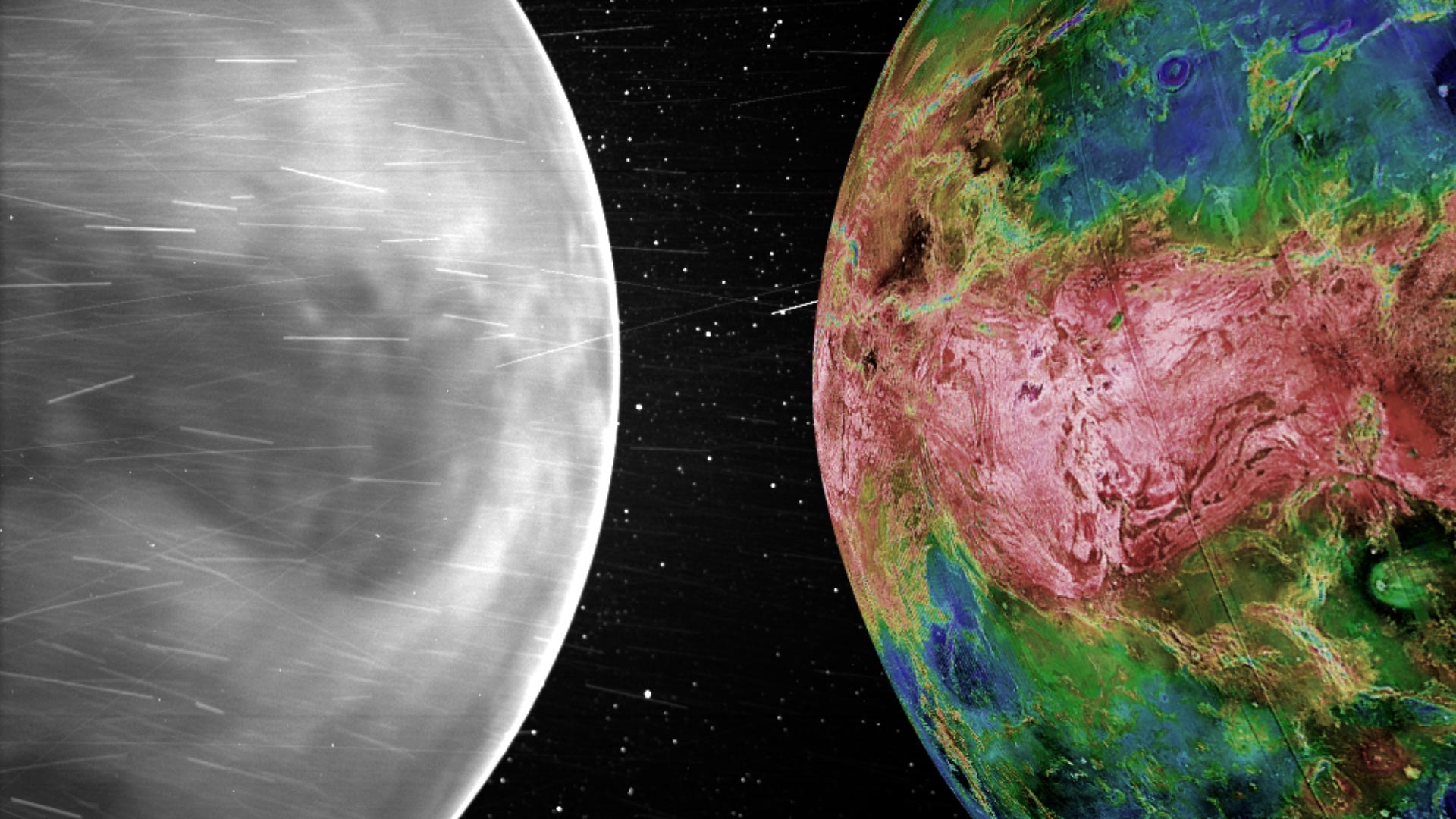
Posted on 02/11/2022 4:21:03 AM PST by C210N
NASA’s Parker Solar Probe has taken its first visible light images of the surface of Venus from space.
Smothered in thick clouds, Venus’ surface is usually shrouded from sight. But in two recent flybys of the planet, Parker used its Wide-Field Imager, or WISPR, to image the entire nightside in wavelengths of the visible spectrum – the type of light that the human eye can see – and extending into the near-infrared.

(Excerpt) Read more at nasa.gov ...
Real or made-up?
At the very least, they make it more vivid than how it would look. They want to catch the public’s imagination. Nobody wants to see browns
However, they might try and make itook reistic, if they know based on science the colour under the spectrum analysis.
Do you believe a government agency?
When I hear or see the word “water” I think of liquid. Water at 860 degrees is gas, at least it is on earth.
Don’t discount the power of pressure. It’s liquid at 1 atmosphere. I seriously doubt that Venus is at 1 ATM.
Excellent...
Shouldnt this probe be working instead of goofing off taking selfies??
However, it’s under pressure.
The atmosphere on Venus is about 90 times that of earth, so the water is kept in a liquid state because the water molecules can’t leave its liquid.
Temperature gradients not visible light. The visible light was displayed in the monochrome imagery.
On the surface of Venus you don’t have to make a choice on how to die. You’d be incinerated and squished at the same instant.
Yep. Venus’s percentage of CO2 content is the same as Mars, get Mars is really cold and Venus is really hot. The reason is atmospheric pressure.
Sadly, their videos not working right now. It just gets an error code and asks you to try back later
I would weigh 1800 lbs on Venus
And wouldn’t this money be better spent on education and the homeless?/s
Science!

—> And wouldn’t this money be better spent on education and the homeless?/s
Resounding “maybe”
But the last thing we need is an expensive piece of equipment taking time off work to snap Instagram pictures.
You know, my humble observations are that the more money we spend on education, the more lib crazies are drawn to teaching, resulting in the kids being more ignorant and less knowledgeable.
Yep. Mars' atmosphere is vanishingly thin because its lack of a magnetic field allowed the solar wind to strip its atmosphere away.
Venus, on the other hand, has a thick atmosphere despite its higher solar wind flux due to its relative proximity to the Sun, since it has a robust magnetic field.
Execpt Mars and Venus have no measurable magnetic fields...
The atmospheric pressure at the planet's surface varies with surface elevation; at the elevation of the planet's mean radius it is about 95 bars, or 95 times the atmospheric pressure at Earth's surface. This is the same pressure found at a depth of about 1 km (0.6 mile) in Earth's oceans.
Disclaimer: Opinions posted on Free Republic are those of the individual posters and do not necessarily represent the opinion of Free Republic or its management. All materials posted herein are protected by copyright law and the exemption for fair use of copyrighted works.